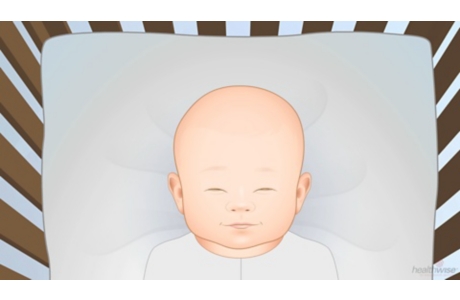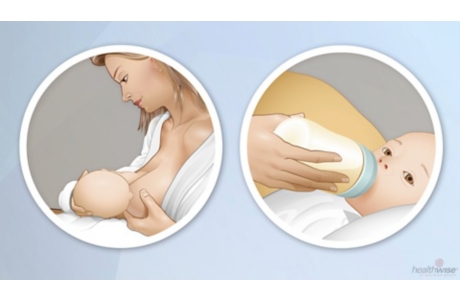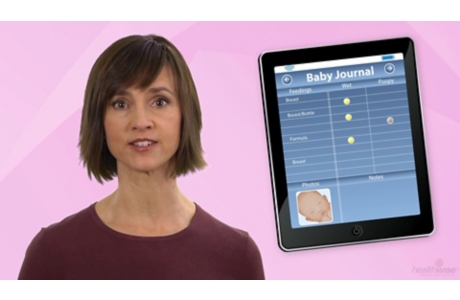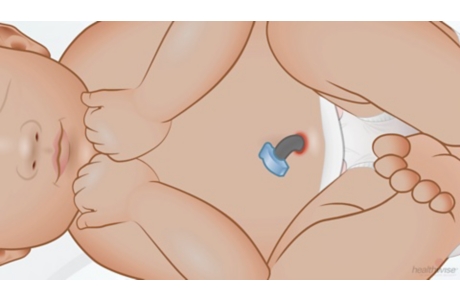Babies and Older Adults Have an Increased Risk of Cold Injury
Topic Overview
Babies
Babies, especially newborns, are more likely to suffer injury from cold temperature exposure.
- They have a large body surface area compared with their weight. Their body heat is lost more rapidly when exposed to cold weather conditions.
- Their ability to regulate body temperatures is not well-developed. They are not able to shiver (which warms a person up).
- They don’t have much fat under their skin (which keeps them warm).
Older adults
Older adults are more likely to have a cold injury, especially hypothermia, because:
- Their normal body temperature may decrease with age.
- They can’t regulate their body temperature as well. They do not produce as much heat energy. They also have less body fat.
- Their blood vessels do not narrow (constrict) and conserve body heat as easily.
- They do not shiver as much. Shivering warms the body.
- Their mental awareness of changes in temperatures may change.
- They have medical conditions that increase their risk for hypothermia. Some of these conditions include:
- They are more likely to be using medicines that may affect their response to cold.
- They may live alone and have fewer resources to keep them safe from cold injury. They are more likely to have poorly heated homes.
Credits
Current as ofJune 26, 2019
Author: Healthwise Staff
Medical Review: William H. Blahd, Jr., MD, FACEP – Emergency Medicine
Adam Husney, MD – Family Medicine
Kathleen Romito, MD – Family Medicine
Current as of: June 26, 2019
Author: Healthwise Staff
Medical Review:William H. Blahd, Jr., MD, FACEP – Emergency Medicine & Adam Husney, MD – Family Medicine & Kathleen Romito, MD – Family Medicine





